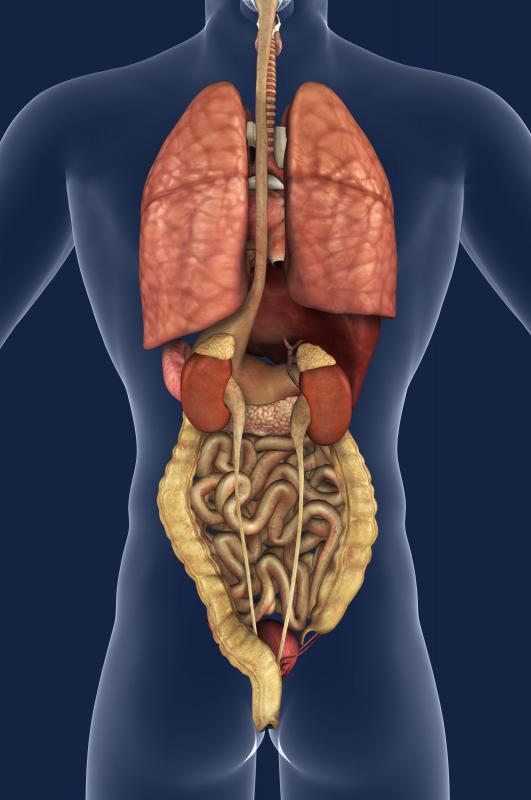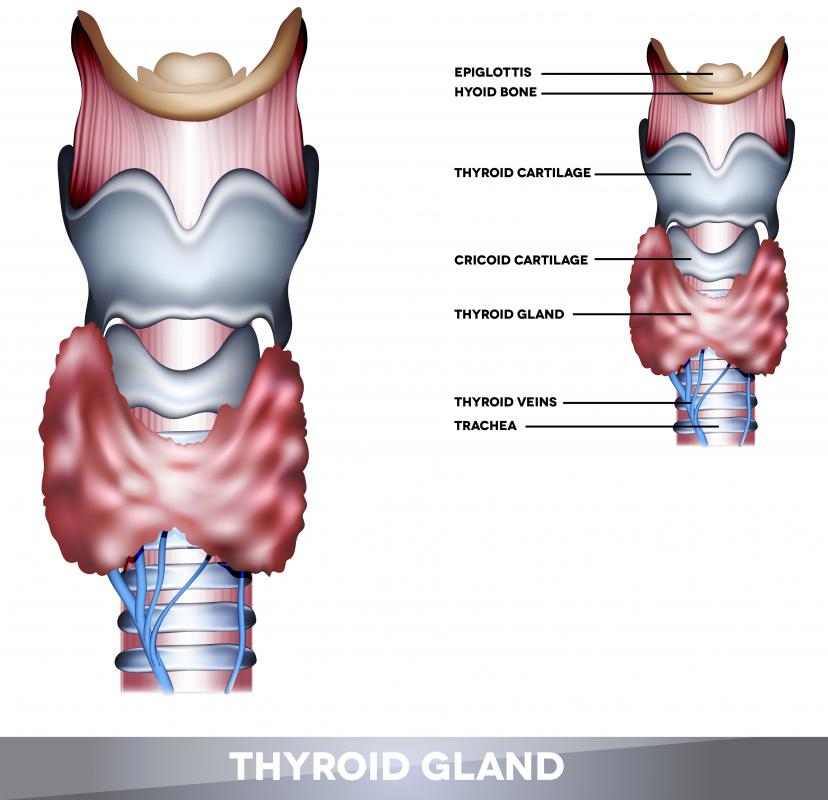At WiseGEEK, we're committed to delivering accurate, trustworthy information. Our expert-authored content is rigorously fact-checked and sourced from credible authorities. Discover how we uphold the highest standards in providing you with reliable knowledge.
What is Cellulase?
Cellulase is a group of enzymes that degrade the plant polysaccharide called cellulose, a structural component of plant cell walls. It is produced by microorganisms, such as plant pathogens, to breach these cell walls, and by plants to help fruits soften as they become ripe. Cellulase is used medicinally to treat phytobezoars. These are clumps of indigestible vegetable matter, which frequently contain large amounts of cellulose, that can form in the gastrointestinal tract. The formation of such bezoars can be life threatening.
Cellulose is a long, linear chain of glucose molecules that provides rigidity to plant cell walls. The glucose units are connected in a beta configuration, which makes them difficult to degrade. This is in contrast to the polysaccharides of starch and glycogen, which are also long chains of glucose. These molecules are branched and linked in an alpha configuration, which makes the glucose much more accessible. Humans do not produce cellulases, which makes it difficult for them to digest cellulose.

Since humans digest cellulose poorly, it is usually excreted in the stool as a component of plant fiber. Sometimes, however, it can build up in the esophagus, stomach, or intestines of susceptible individuals. It typically forms a mass known as a phytobezoar. Another type of bezoar is a trichobezoar, or a clump of hair formed when a person has a compulsion to eat hair. There are also pharmacobezoars, which are aggregates of medication.
The formation of bezoars is rare, but phytobezoars are the most common type. Of these, persimmons are the most common source. There is even a special term for persimmon-caused bezoars. They are known as disopyrobezoars.

The symptoms of having a phytobezoar are often vague, including a general feeling of gastric discomfort. Becoming full quickly, having abdominal bloating, anorexia, and weight loss are additional symptoms. An endoscopy is the best way to diagnose a bezoar, which is frequently missed by barium enemas.
There is an additional advantage of using an endoscopy for diagnosis. If a phytobezoar is detected, it can be treated immediately with an injection of cellulase. This is an improvement over the previous treatment, which was to have a patient drink a solution of cellulase in water for two to seven days. There appear to be no ill effects from these treatments, which are usually very successful.

Certain individuals are more susceptible to developing bezoars. These include patients with altered gastrointestinal mobility or anatomy. People who have had part of their stomach removed are particularly susceptible, as are diabetics who suffer from gastroparesis, or damage to the nerves in the stomach — particularly if they eat a high fiber diet. Patients with cystic fibrosis, Guillan-Barre syndrome, hypothyroidism, renal failure, and several other conditions are also vulnerable.

People who have had a phytobezoar removed should be careful about their diets to prevent a recurrence of this condition. It is important to not eat a high fiber diet, and especially to avoid raw vegetables and citrus fruits. Bulk laxatives, such as psyllium and perdium, should also be avoided by high-risk individuals.
AS FEATURED ON:
AS FEATURED ON:


















Discussion Comments
It's really interesting that even ingesting certain natural foods that are theoretically good for you can potentially cause such a serious problem. I wonder if genetically modifying foods to contain cellulase would help eliminate some of these disorders or prevent the formation of phytobezoars.
Post your comments